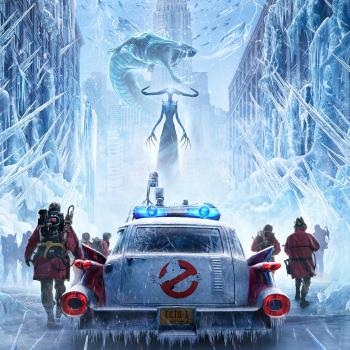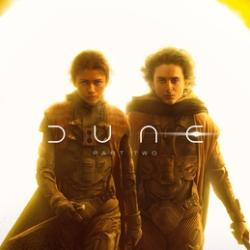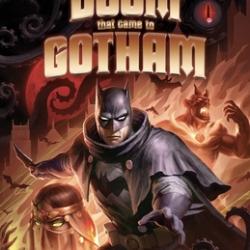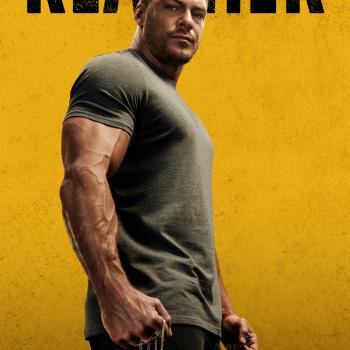Need for Speed, directed by Scott Waugh
Reviewed by Matthew Foerster
Films based on video games are a fairly common feature in theaters today. From Tomb Raider featuring Angelina Jolie to the successful Resident Evil series, video game based movies have proven to be formidable box office hits. However, one noticeable difference between those films and the most recent video game-turned-movie, Need for Speed, is that they were based on games featuring character-driven narratives. That is to say that, though they were video games, they were also stories, and the games even featured film-like cut scenes. While addicting and fun, narrative was never Need for Speed’s strong point.

The world’s most popular racing game series, the first Need for Speed title hit selves in 1994 and to date has spawned twenty titles total. While the series is not completely devoid of any sort of narrative, its plot is a relatively simple one: Drive fast and don’t get caught.
With Need for Speed, director Scott Waugh (who also directed Act of Valor) crafts a short and simple tale of friendship, revenge, and fast cars. Starting out in a small town in Upstate New York, we’re introduced to Tobey Marshall (played by Aaron Paul of Breaking Bad fame), the owner of his late father’s auto shop that keeps him and his cheery group of friends gainfully employed. When Marshall’s shop comes upon hard times, he
is forced to accept a job from a nefarious Indy racecar driver, Dino. After completing the car that Dino commissions to him (a Ford Shelby Mustang), Marshall and his friend Pete (played by Harrison Gilbertson) take him on in a high-stakes race in which Dino forces Pete into a deadly crash and frames Marshall in the process. After two years in prison, Marshall emerges determined to prove his innocence and avenge his murdered friend. At the helm of the very same Mustang that Dino commissioned him to build, Marshall tears his way across the country to San Francisco in order to face down Dino in the De Leon, an infamous illegal street race for only the best drivers and cars.
With sweeping camera angles and (post-converted) 3D effects, Need for Speed is rich with impressive scenery. Waugh’s ability to enmesh the viewer in the violently visceral act of racing is spectacularly convincing. Utilizing a thundering symphony of revving motors and snorting exhausts, Waugh successfully dazzles the audience with his carefully orchestrated muscle car ballets. To do this in an age of foul-mouth skyscraper-toppling transformers is a feat in and of itself, for which Mr. Waugh deserves credit. Knowing that his film would draw out a fair share of gear-heads (like myself), Waugh made sure to reward them with grand locales like the Bonneville Salt Flats and an assortment of 401K melting rides, such as the Bugatti Veyron SS. One strange omission was the lack of any Japanese sports cars, especially when considering their popularity among the younger car enthusiast population. However, Need for Speed has always focused more on European exotics, so perhaps Waugh decided to leave that for the Fast and Furious folks.
Things are not all as smoothly polished as Waugh’s picturesque landscapes, though. Not long into the film the viewer realizes that the characters and plot are but time fillers till the next octane-fueled driving scene arrives. With flat lines and little development, one becomes keenly aware of the fact that were it not for the stage props in this film (i.e. fancy sports cars) these characters would cease to have purpose in life. In this way, they are mainly cinematic harbingers, making straight the way of the stunning cars to come.
With so little story and plot, one might well wonder how there is any room for anything but a drive for revenge- and they would be mostly right. Need for Speed is, simply put, a revenge tale. Something wonderfully familiar to all of us, whether we watch movies or not. Indeed, as humans we are often compelled by our feelings to seek revenge, either for ourselves or on behalf of others. And yet, it is this very urge that we are instructed to resist, “Vengeance is mine; I will repay, saith the Lord.” In light of these words of truth, one cannot help but feel sorry for Marshall. Fueled by rage and vengeance he risks everything for an ill sought revenge that will never bring him peace. Near the end of the film, Marshall finds Dino dependent on him to save him for a fiery inferno. In this moment, Marshall has the opportunity to exact revenge on behalf of his late friend Pete, but chooses to save Dino from certain death. While I was glad to see Marshall make the right choice, one wonders why he didn’t just save us all the trouble.












